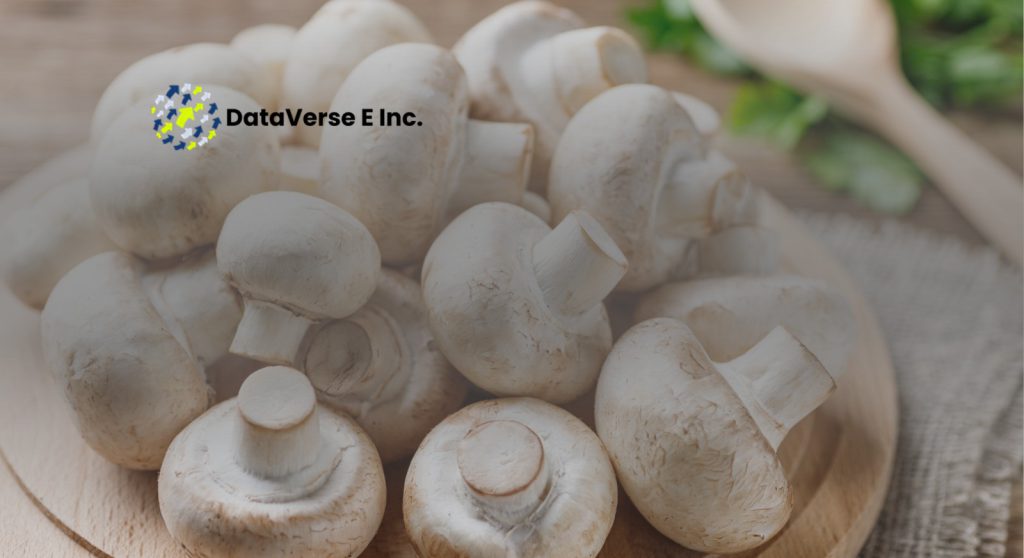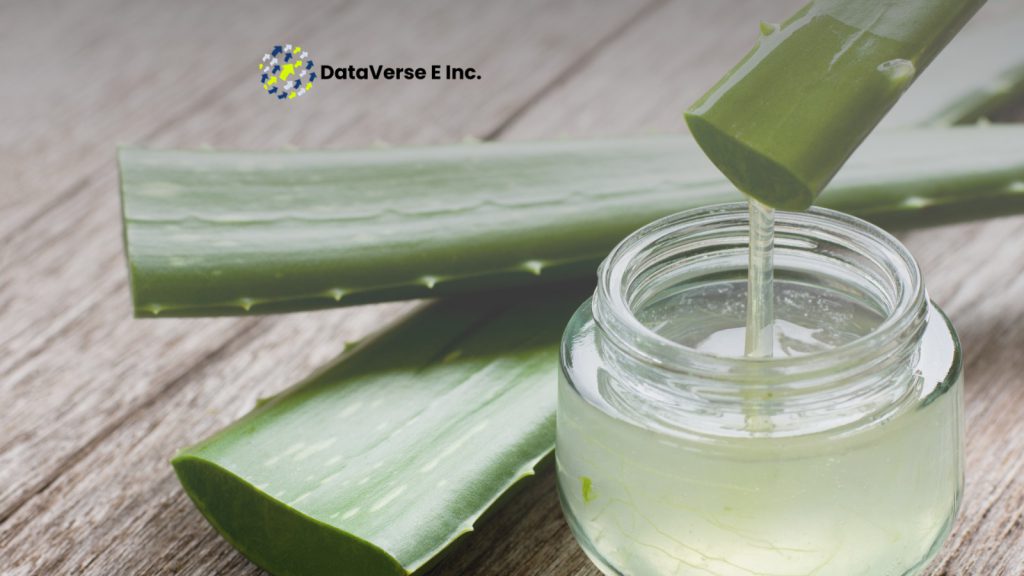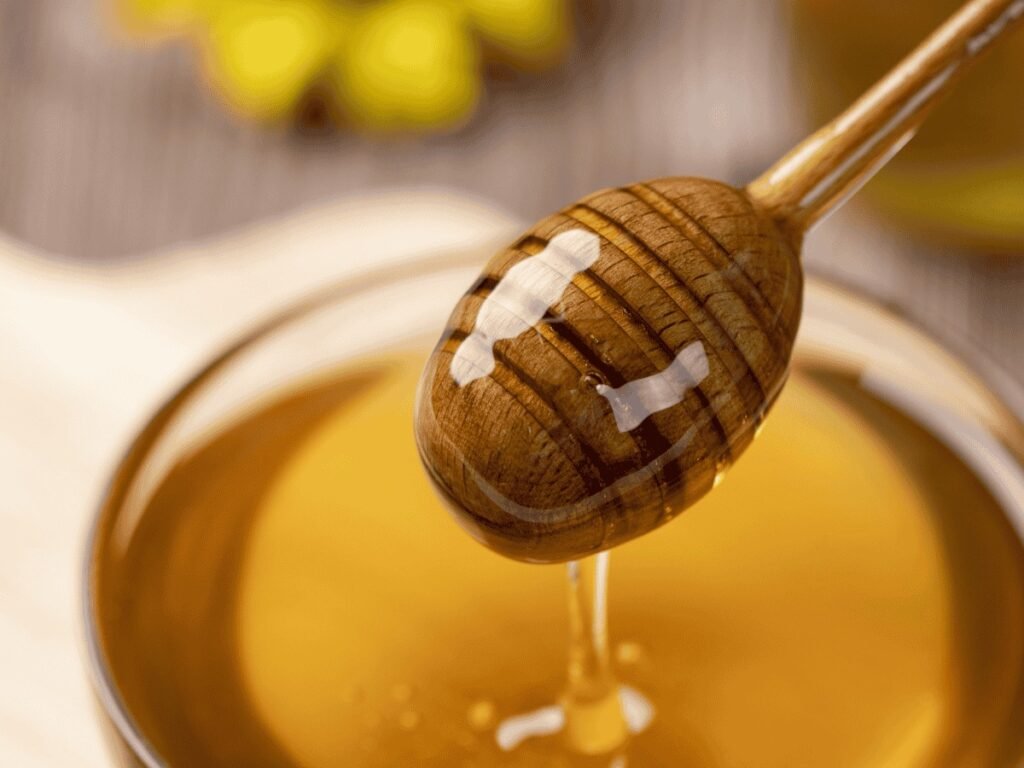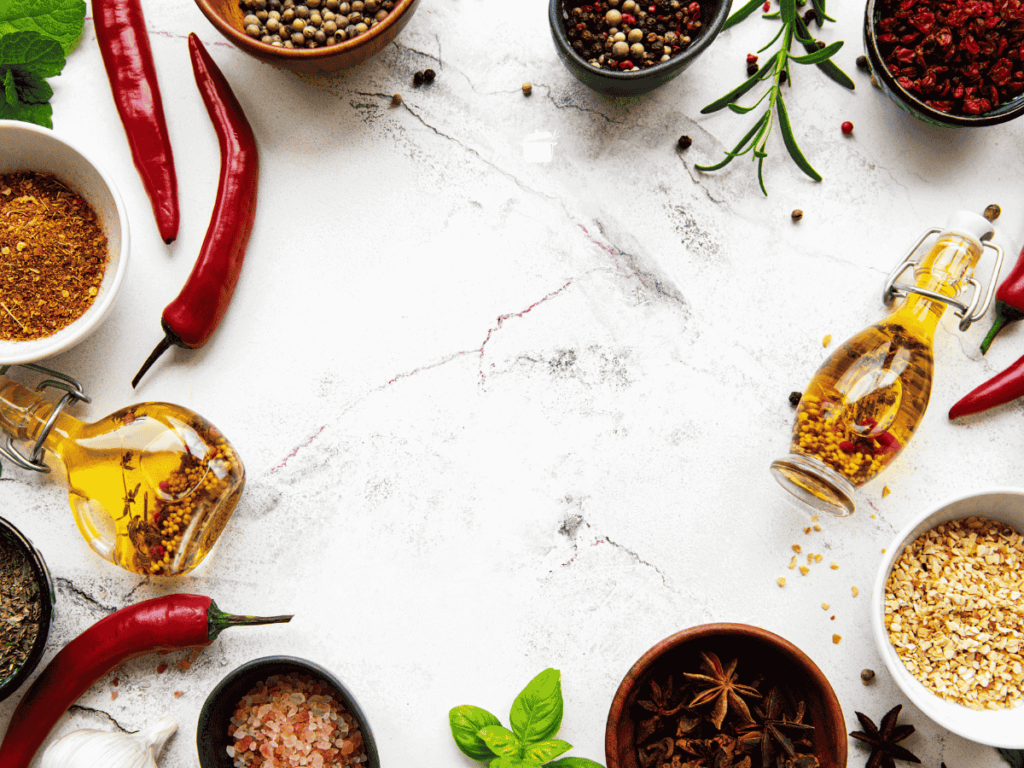For centuries, India has been a major player in the global spice trade, earning the title “Land of Spices.” The combination of special geography and climate in the subcontinent developed multiple diverse spice varieties. This diversity has made the region a priceless source of flavors and aromas. India began its active spice trade with global markets starting from 1000 BCE, thus becoming a key center for valued spices throughout the world.
The modern world recognizes India as the dominant country in the spice market. However, India is considered the top producer and exporter of spices in the world. During the year 2023-2024, India exported 1.4 million metric tons of spices. The total value of these exports was $4 billion. It shows a 10% increase from the previous year. India dominates the global spice market, holding a 40% share of its total value.
The global market for Indian spices continues due to its high quality, rich flavors, and natural, health-oriented benefits. Indian spices have dominated global food markets with their bold chili flavors and aromatic cardamom scents. Today, they play a key role in shaping culinary traditions and industrial food development worldwide.
India’s Role in the Global Spice Market
The global spice market recognizes India as a leading exporter because of its immense production volumes and export values. The spice exports from India during 2023-24 reached a new all-time high with 1.54 million metric tons worth $4.46 billion.
And most importantly, the world recognizes India as the major spice exporter due to its 40% market share in spice export. Various spice varieties grow in India’s multiple agro-climatic zones, which support a wide range of spices suited to different international taste preferences.
The country maintains different agricultural climatic regions that support the production of various spice varieties to meet international market requirements. The United States remains the top spice importer, with total imports reaching $364 million in 2022.
India leads the spice market due to its extensive agricultural history and diverse range of spices. Its well-established supply network ensures the global availability of top-quality products for consumers.
Top 10 Spices Exported from India
Due to its rich agricultural background and wide range of climates, India has become a world-leading producer and exporter of spices. Below is an overview of the top 10 spices exported from India, highlighting their unique characteristics and global demand.
1. Red Chilli
Guntur red chili from Andhra Pradesh stands as the most famous Indian spice export, and red chili ranks among India’s top exported spices. Guntur chili stands out because of its eye-catching red color and intense heat, which makes it an essential ingredient in international kitchens. The United States and Sri Lanka, alongside Bangladesh and the Middle East territories, represent the major markets that import Indian spices because they love the spicy flavor of Indian chilies.
2. Cumin
The distinct earthy and warm aromas of cumin seeds make them fundamental components in Indian as well as Middle Eastern and Mexican food preparation. India functions as a major exporter of cumin to satisfy international demand for this culinary ingredient.
3. Turmeric
Turmeric gained fame through its “Golden Spice” title because it brings both health advantages and vibrant color along with its notable anti-inflammatory capabilities. The Indian turmeric market seeks a top position in the USA, Japan, and European markets because it is widely used both for cooking and health supplement benefits.
4. Black Pepper
The Indian black pepper holds the title “King of Spices” because of its robust flavors and wide culinary applications. The worldwide popularity of this spice leads to high market demand across the USA, together with Vietnam and Germany.
5. Cardamom
The ‘Queen of Spices’ title fits Indian cardamom due to its distinctive sweet and floral tasting properties. This spice finds numerous uses in Middle Eastern food and Scandinavian food preparation and multiple international culinary methods.
6. Coriander
Coriander seeds and leaves (also known as cilantro) bring citrusy, herbal flavor, which makes them preferred ingredients in many dishes. Indian coriander exports serve a wide range of international customers. This spice is widely used in various culinary traditions around the world.
7. Ginger
People use ginger as a spice for cooking purposes and for medicinal benefits because of its strong spicy essence. Ginger production in India remains the highest worldwide, so the country extends substantial shipments of this product throughout the USA and European countries.
8. Fennel Seeds
Fennel seeds offer a sweet flavor and anise-like flavor and are used in various culinary traditions and traditional medicine. India exports its fennel seeds to many countries, where they are ground into spice blends, teas, and health remedies.
9. Fenugreek
Fenugreek seeds provide a soft, bitter, nutty taste that finds its use in traditional medicine along with pickles and spice blends. India supplies fenugreek seeds to markets abroad that understand their distinctive taste together with their medical advantages.
10. Mustard Seeds
The culinary industry needs mustard seeds both for making condiments and preparing multiple dishes. The global countries love Indian mustard seeds because they serve as key ingredients for food processing operations and traditional food preparations.
Factors Driving Global Demand for Indian Spices
The global demand for Indian spices is propelled by several key factors:
Health benefits and medicinal properties: The medicinal properties of turmeric alongside ginger and garlic bring health benefits, including anti-inflammatory and antioxidant properties, together with immune-boosting functions to these spices. Consumer health awareness has created a rising market demand for these spices.
Culinary diversity and authenticity: Authentic spices have gained higher demand because ethnic cuisines became more popular worldwide. People love trying different kinds of food from around the world. To make these dishes taste real, they use Indian spices in their cooking at home.
Natural and organic preferences: Spices with natural and organic properties gained increasing market demand because consumers prefer these products. Customers are now actively looking for turmeric, ginger, and garlic spices because they contain medicinal properties.
Innovations in food processing: Food processing innovations combined with the rising organic spice market demand will generate profitable market prospects.
Challenges in the Indian Spice Export Industry
Several major difficulties affect the Indian spice export industry, which reduces its potential success in international markets. The main issue affecting the spice export industry involves quality control because contaminated products have resulted in international recalls along with import restrictions. Indian spice brands containing ethylene oxide were detected in 2024, which led to bans from Singapore and Hong Kong because this pesticide is carcinogenic.
The implementation of strict food safety requirements by trading countries creates substantial barriers to exporters. Importing countries enforce more stringent tests to check for pesticide residues and microbial contamination, thus leading to denied shipments.
The market competition for spice production becomes stronger as other nations step up their spice manufacturing operations. The market position of India’s spice industry faces increasing competition from Vietnam and Indonesia because both countries increase their production capacity while offering affordable spice prices.
Final Words
The worldwide market demand for Indian spices keeps expanding, thereby presenting multiple export opportunities for businesses. Indian spice businesses need to adjust their strategies through regulatory changes and market trends and changing buyer demands to maintain their competitive position. 100% accurate import-export trade information accuracy stands as the key factor that determines success or failure.
Businesses that want to succeed in spice export operations should rely on reliable trade data. Dataversee gives you credible import-export information as well as market trend analysis and competitor insights that enable you to make better business decisions.
Access real-time spice trade data with Dataversee and stay ahead in the global spice market!
Register here, and our team will contact you for a free demo of our portal.






3 Comments
[…] Ryushi Vikram Pvt. Ltd. opened its doors as a business in 2019 with its base in Anandapur, Andhra Pradesh. Their business focuses on fruit and vegetable production for domestic and international markets as they export cumin, onions, custard apples, drumsticks, and ginger. The organization maintains complete dedication to meeting international market requirements by delivering fresh agricultural products with preserved nutritional attributes. Quality-focused operations have made them a trusted provider of spices exported from India. […]
[…] making it an important port. Throughout history, it has been a key gateway for distributing tea, spices, and petroleum products, supporting Kerala’s agricultural and manufacturing industries. In […]
[…] India contributes significantly to the global spice trade, exporting a variety of spices including chili, turmeric, cumin, and cardamom. In the fiscal year 2023-24, India’s spice exports reached 1.54 million metric tons, valued at $4.46 billion. ForumIASDataversee Inc […]